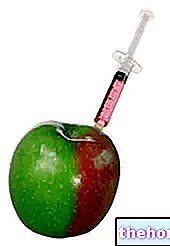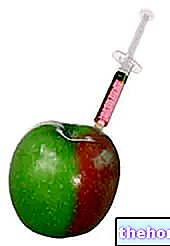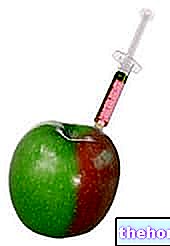The following preservatives and their salts belong to the family of PARABENS, compounds produced synthetically from benzoic acid and used in the cosmetic, pharmaceutical and food industries, as antibacterials and antifungals. Specifically, these compounds are:
- E214 ETHYL-PARA-OXYBENZOATE or PARAHYDROXYBENZOATE D "ETHYL → this preservative derives from" E210. It can cause, in predisposed people, allergies, hyperactivity, asthma, urticaria, insomnia, anesthetizing and vasodilating effects, cramps. It is often used in cosmetics and drugs.
- E215 ETHYL-P-OXYBENZOATE, sodium salt
- E216 PROPYL-P-OXYBENZOATE or PARA PROPYL HYDROXYBENZOATE (PARABEN)
- E217 PROPYL-P-OXYBENZOATE, sodium salt or SODIUM PROPYL-P-HYDROXYBENZOATE
- E218 METHYL P-OXYBENZOATE or METHYL PARA-HYDROXYBENZOATE: can cause skin irritation due to allergy to this preservative (PARABEN).
- E219 METHYL P - OXYBENZOATE, sodium salt or METHYL-PARA SODIUM HYDROXYBENZOATE
Note: E215, E216, E217, E218 and E219 are thought to cause the same reactions described for E214.
There are diverging theories on the toxicity of this family of preservatives. These are preservatives that are generally excreted in the urine in the form of hippuric acid, so they usually do not accumulate in the human body; despite this, there are reasons to believe that they are not so harmless: in fact, it is thought that in the future may even be prohibited.
Parabens are thought to cause: gastric irritation with related digestive disorders, growth problems, insomnia, asthma, eye irritation, hives, hyperactivity, and allergic reactions in people sensitive to aspirin or suffering from asthma.
For 15 years now, research has begun to ascertain whether there are also negative effects on reproductive organs and embryos.
It is therefore not recommended, for all the reasons mentioned above, the frequent consumption of foods containing parabens, especially by children.
ADI DOSE: 10mg per kg of body weight.





























